Roman clothing
Welcome to Rome and the Sasanians! In an alternative 4th century, the Sasanians are renewing their attack against the Roman empire. This forces Livia, the emperor's estrange daughter, back to Rome. There, she's thrust at the centre of her parent's quarrels, the deadly politics of the imperial court, and the Sasanian king's attention.
Introduction to the story | Princess Livia [upcoming article]| Roman clothing | Novel upcoming
Introduction to the story | Princess Livia [upcoming article]| Roman clothing | Novel upcoming
Roman's appearance: conspicuous consumption as a status symbol
Table of Contents
Appearances are primordial. Without them, how could people tell at a glance how polite they are supposed to be with you? Your clothes, hairstyle, and jewellery have an enormous importance as a marker of identity, status, and even moral character. Thus, it is essential for the social and political stability of the country that you use your appearance to advertise who you are. I, Appius Claudius Pulcher Gavius, honourable member of the Roman senate, is hereby writing a primer for the education of all Barbarians newly integrated in our empire.
The first step of a successful appearance is to wear clothes that are are appropriate for your status. Thankfully, for you, the senate has had the wisdom to establish sumptuary laws to guide you.

Materials
Importation vs local
All households, from the emperor's to the poorest commoners', are supposed to only wear clothing weaved, sewed and enchanted by their women. I am sure it is the same for you, Barbarians! Showing off our women's skills and the family's magic is an important point of pride for all, after all. However, all good traditions are being lost nowadays, and everyone in Rome who can afford to insists on wearing imported fabric. The senate ought to repeat what it did during the Punic wars and forbid silk importation! We would not have this problem today if we had kept this most useful law! Unfortunately for all of Rome, once the wars were finished and the senate "forgot" to repel the law, all women went on strike in the streets of Rome. In the end, the senators had no choice but to succumb to their demands. This was the first time Roman women exerted a direct influence on the government, and as the senators of the time warned, it did give them a taste for it... The direct result is that now most proper high status women are so busy interfering with politics and business that weaving and sewing are being neglected. Oh, of course, you would not believe so if you were to visit their house, what with their weaving tools strategically placed in public view so that they can claim to be industrious and frugal! But do not make the mistake of following their example, reader, to think that buying clothes made by others is perfectly acceptable, for it is most assuredly not! If you do so, everyone will be laughing behind your back, and rightly so. If you are too weak to resist public pressure, get all the silk you want from the East, but at least have the good grace of wearing proper wool or linen imbued with your family's magic underneath!Types
This accursed silk is not the only fibre imported into our empire. Cotton too is invading our ports. Or rather, our ex-ports, since the Persians have stolen Anatolia and Achaea from us! Those traitorous cities were all too happy with joining them and being able to access silk and cotton fibres without paying the Persians' taxes! And now that the weavers of those precious fabrics are outside of our empire, even more silver leaves us! This is the proof that you should never trust merchants. This ignoble class will do everything to enrich themselves, including blending silk and cotton with perfectly good Roman linen to sell their wares to more customers. Linen made from flax and hemp should be good enough for any Roman. Who cares if it doesn't absorb dyes well? It does so perfectly and make luxurious fabric when blended with nettle-stem fibres or poppy-stem fibres. No need to use cotton for that! Worst of all, we have our own silk in the empire! Beautiful sea silk made from clams! See, there is no need to give Persia our hard earn silver to turn it into iron that they will use against us! But do not worry, for the senate is sure to come up with new sumptuary laws to help any citizen unwilling to come to their senses by themselves.Shell of the clams Pinna noblis and its fibre that is used to make sea silk by John Hill on Wikipedia
Dyes
Colours
The colours of your clothing are the first thing people see about you, and so arguably the most important of all details. Choose bright and clean colour to showcase your respectability! Tyrian purple is, of course, the most look after dye. However be warned: it comes from the sea snail banded-dye murex, and crunching 10,000 shells is necessary to make 1g of dye. This makes it incredibly expensive and so only fit for the highest social stata. Thankfully, the senate in all of its wisdom has decreed a sumptuary law limiting its use! Full purple is reserved for the emperor and triumphant generals, and purple strips for magistrate's. Without those laws, no snail would be left in the entire sea! The rest of us have to make do with lesser dye, such as the still incredibly expensive indigo plant imported from India that gives us a magnificent blue and a fake purple, as well as the saffron that gives us a yellow-orange colour associated with purity and constancy. Another possibility for the wealthy is cloth-of-gold, obtained by weaving metallic threads with the fibres of the fabric. For the rest of you, cheaper choice include the crimson given by crushed Kermes insects, as well as the truly cheap yellow obtained from the rezeda plant, red from madder, green from lichen, blue from the barrow plant, red, orange and brown from sienna earth, and black from iron salts or oak gall, as well as a multitude of others. You might be tempted to imitate the pure white of the wealthy, but be warned than in addition to harsh bleaching, it also require enormous care in your daily activity to maintain. You would better content yourself with the cream and grey colour of undyed fibres.Several taints of purple made from different species of sea snails by U.Name.Me and TeKaBe on Wikipedia
Leakage
The problem with dyes is that is that their colours leaks out of the fabric over time and so need to be reapplied regularly. The exception to dye leakage is, of course, purple. This most wonderful dye indeed deepens over time. But this is hardly a solution for you all, poor people. In our quest to find a solution to this problem, we have stubble upon the most wonderful discovery! Treating the fabrics with mordant chemicals makes them retain the dye better. However, what makes mordants so special is that they contain metals, and as everyone knows, metals retain magic and thus can be enchanted. This has allowed us to give the most wonderful properties to our clothes, with only our imagination as the limits! For example, during heir public triumphs, emperors are well known for shining as if they were Sol Invictus personified! Unfortunately, dye are not the only thing degrading: magic also leaks out of metals over time and also needs to be reapplied. And even purple cannot protect from this. The solution this time is in a highly sophisticated procedure that can fix the magic. When performed by true experts, it can even make it slowly accumulate, creating a true heirloom piece.
Saffron crocus flower with its red filament that are collected to make saffron spice and dye by KENPEI on wikipedia
Styles
Shoes
Do not make the mistake of thinking everyone wears soldiers' open shoes because they are the only Romans you have been exposed to! Indoor, use sleepers or sandals, worn with two-toes socks. Outside, however, fully cover your feet with leather boots. In order to stand out from the mass, use colourful dye on the leather and gold leaves, and have your cobbler cut the leather in fancy patterns and use elaborate strapwork. However, be careful to not wear the red ankle boots reserved for senators or shoes with the crescent-shaped buckles of equites.Types of Roman boots reserved for magistrates by Mary Harrsch on Wikipedia
Underwear
Any respectable person will wear a linen or leather loincloth tied on both hips. Women will also add a bra made of linen fabric tightly wrapped around the bust. If you see any wearing nothing else, they are slaves, gladiators, or perfectly respectable Roman exercising.Roman underwear by Yann Forget on Wikipedia
Tunic
Every Roman wears a tunic. It i s made of wool, linen, or for the most decadent, silk. In winter, simply pile tunics on top of each other. A proper Roman tunic has a simple tubular shape with a head opening. It is attached at one or two shoulders with brooches and is girded with a rope. Men's tunics stop at the knees, while women's go down to their ankles or feet. You might see some men who have adopted effeminate trends by wearing sleeves or their tunics down to their feet. Do not fall into this trap! Tunics can be all colours except purple. Pure purple is reserved for the emperor, whereas only equites and senators are allowed to have purple stripes; two thin striped going from shoulder to waist for the equites, and for senators one wide one going from the neck at the center of the tunic to the waist.A Roman wearing a simple tunic by TopVectors on DepositPhotos
Toga
Now we are coming to the most iconic piece of clothing, the classic Roman wear: the toga! Togas are such a symbol of the roman people, that you will often find orators or writers referring to us as the togati, "those who wear the toga". Now that you have become part of the empire, you might be looking forwards to wearing a toga, but not so quick. Firs of all, just not everyone is allowed to wear a toga, or even any style of toga. Wearing a toga is indeed forbidden for non-citizens, foreigners, freedmen, slaves, Roman exiles, and men of infamous career or shameful reputation. Second, once you learn more about togas, you might not be so enthusiastic about them. Indeed, you will see that togas are becoming more and more unpopular for a reason. Nowadays, they are mostly worn by the wealthy, and the emperors even had to pass laws to force people to keep them! They are now mandatory during religious festivals, games and theatre plays, and while performing civic duties. Equites and senators are also mandated to wear it while in public. Why is it so? Very simply, togas are a wide semi-circular piece of fabric, 3m by 6m—and so obviously show off wealth—that is worn draped around the left shoulder and wrapped around their body. They are heavy, cumbersome to wear and keep clean, and even challenging to put on correctly.Showing a Roman magistrate and a child wearing togas praetexta.
Even when on, care must be taken to avoid an embarrassing disarrangement of its folds. To this end, men have have no choice but to walk with a measured, stately gait and to be careful with their gesture while standing or declaiming a speech in the senate. Thus, wearing a toga is only suited to ostentatiously doing nothing; it reflects the fact that you have the calm and dignity to dress in such a way.
The colour of the toga also has different meanings:
Plain white togas virilis, worn as a symbol of Roman citizenship and its responsibilities, as well as by senators who are not exerting magistrature.
The toga trabea, a white toga with decorations, worn by equites.
The toga praetexta, a white toga with a purple stripe on its border, worn by magistrates, some priests, and young children to signify their protection by law from sexual predation and immoralities.
The toga purpurea, a purple toga decorated with golden thread, worn by the emperors.
The toga candida, a toga rubbed with chalk to be pure white, worn by candidates for public office.
The dark toga pulla, worn for mourning.
White tunic and toga purpurea by vectorpocket on DepositPhotos
Togas are not completely unpractical though. Over the centuries, pockets made by the fold of the material have been added: one at the side by the thigh and one in the front at the waist. A toga is also used as a hood during religious sacrifice by wrapping the back fold above the head.
Another thing that has been altered to make togas more comfortable is their materials. At first, all togas were made of wool. If not, or if that wool had been treated to be made smoother and lighter, this was seen as a sign of moral corruption. However—and in my humble opinion, quite thankfully—the Romans have been slowly growing more accepting of the use of other materials, and only the stauncher moral purists will now grumble at it.
However, I draw the line at the material! there is no need for this invasion of the Eastern style! Nowadays you will see everywhere in Rome togas with heavy embroideries or colourful bands and circles of fabric sewn on or weaved into them. If you truly must, Barbarian that you are, at least have the grace to choose geometrical patterns and plants rather than controversial human and god figures.
The senate by Cesare Maccari (Cicero Denounces Catiline)
Stola and palla
Among adult women, only prostitutes wear togas. Respectable women will wear a stola above their long-sleeved tunic—and stolas are, in fact, forbidden to any other women, allowing you to see immediately what kind of person you are facing. A stola is a long pleated dress attached at the shoulders with brooches. It is girded with two sets of ribbons, one below the breast and a wider one at the waist. Wealthy women also wear a limbus, which is a separate piece of fabric attached at the bottom of the stola to give the illusion of another gown being worn below. Stolas are made in dyed linen, wool, or silk. They are decorated along the neckline and hem with a wide ornamental border that can be a band of colour, a simple pattern or more complicated details. Above the stola, women can wear a palla, which is a shawl that is thrown above the left shoulder and wrapped around the body. Contrary to a toga, it has a rectangular shape, is quite smaller, and is attached with a brooch. Do not make the mistake of confusing it with a toga when delivering a compliment to a woman! She will rightly be deadly offended—and more importantly, so will her menfolk.Empress Aurelia by TopVectors on DepostPjotos
Related articles
| Roman Empire | ||||||
|---|---|---|---|---|---|---|
|
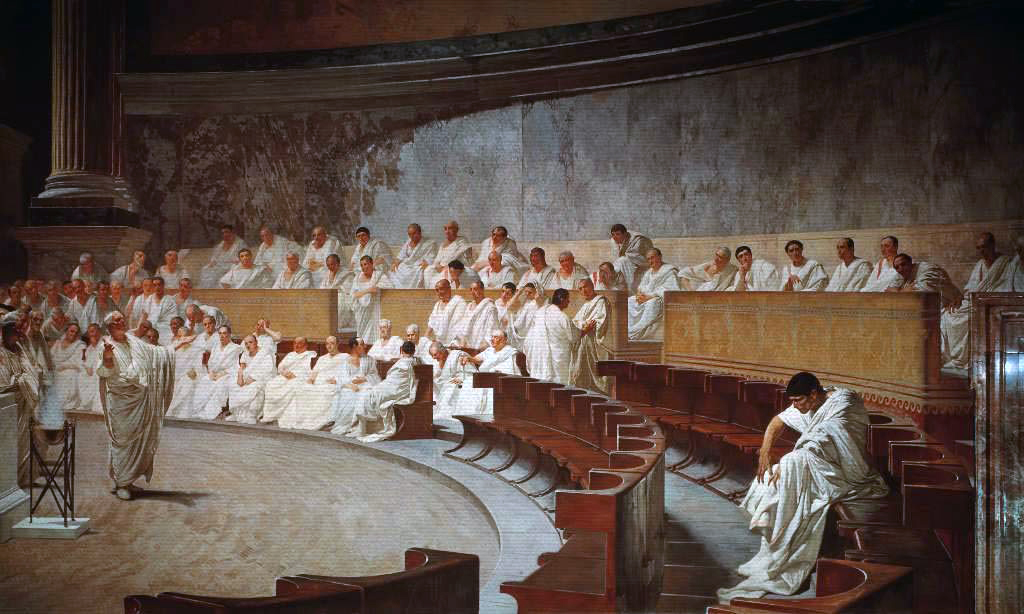

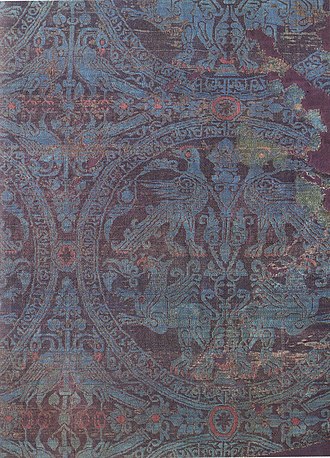

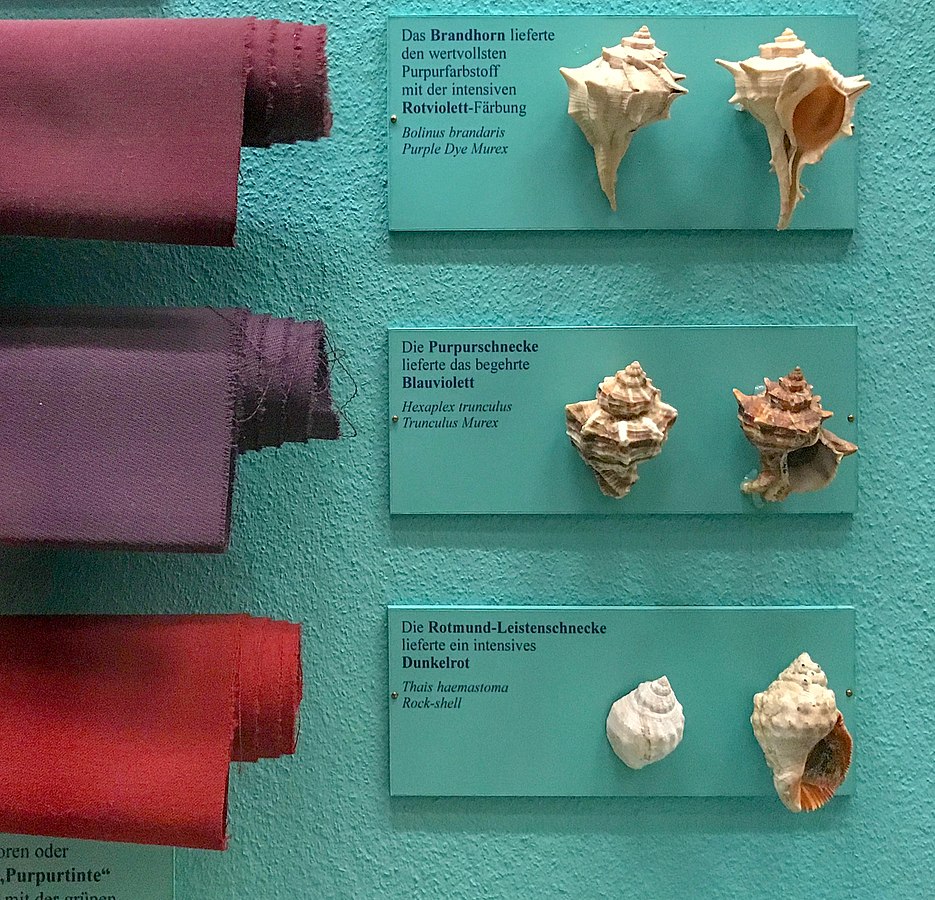

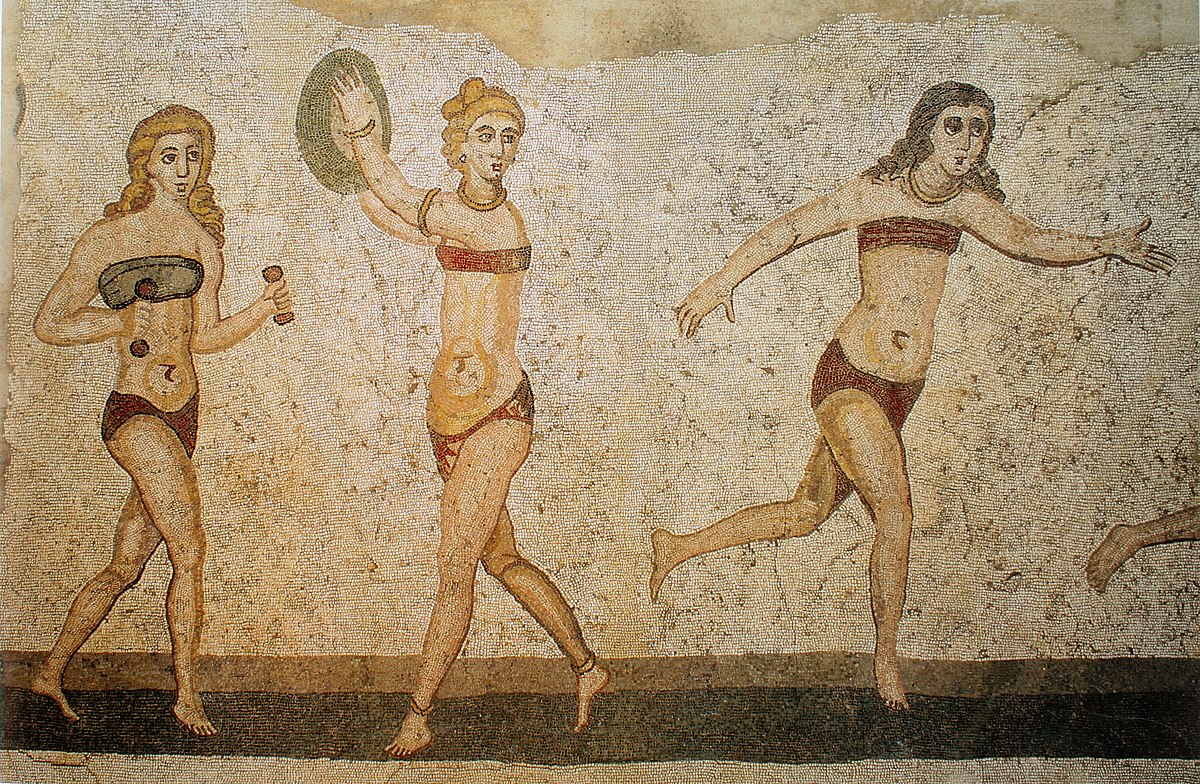
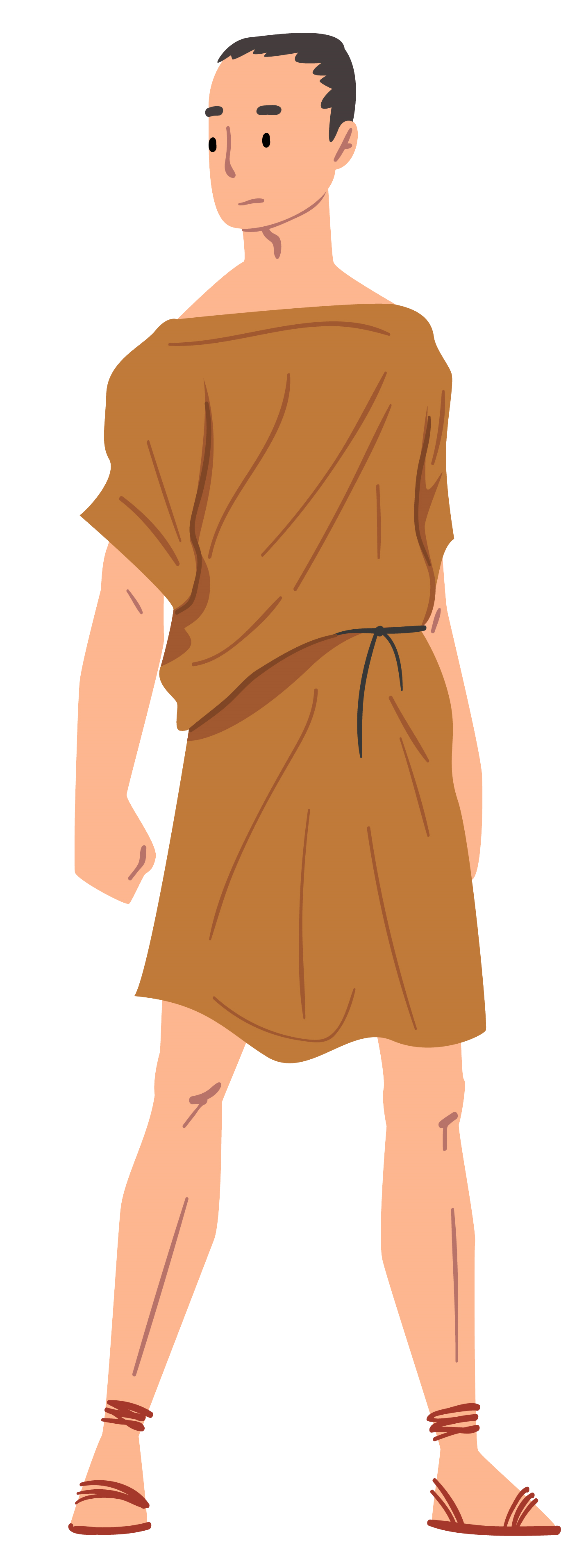

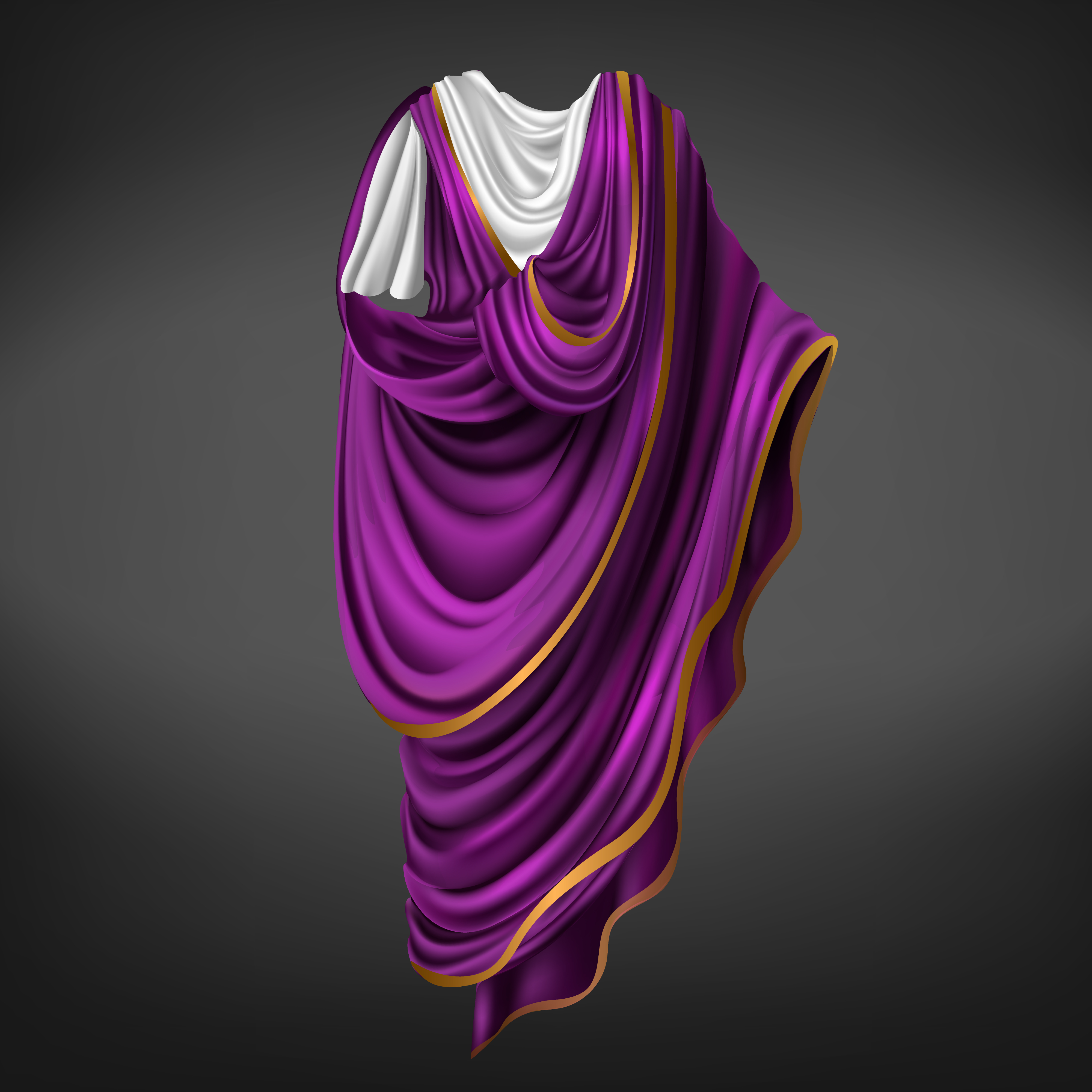

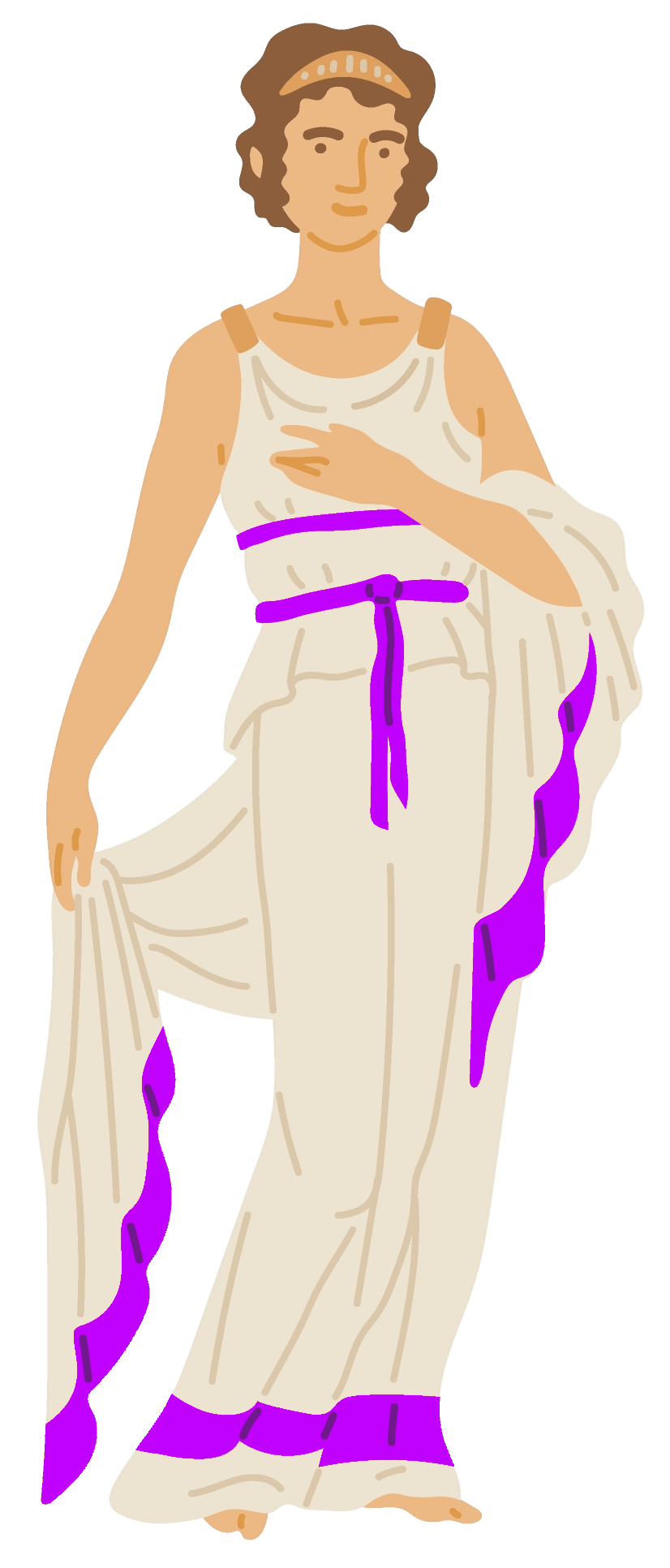

Comments
Author's Notes
Sources:A writer's guide to Ancient Rome by Carey Fleiner.
For information about fabric and dyes: The Textiles of the Greek and Roman Worlds, and Clothing in Ancient Rome
Most of what I have describe is real Roman history, though mostly accurate for the early empire period. In my setting, the year is 344, but my Romans went back to earlier trends because the new imperial dynasty wanted to present itself as the heirs of the Julio-Claudian dynasty.
Written for PanthersEye's unofficial fashionable treasure challenge, although I had to divide the article in two to fit the word limit.